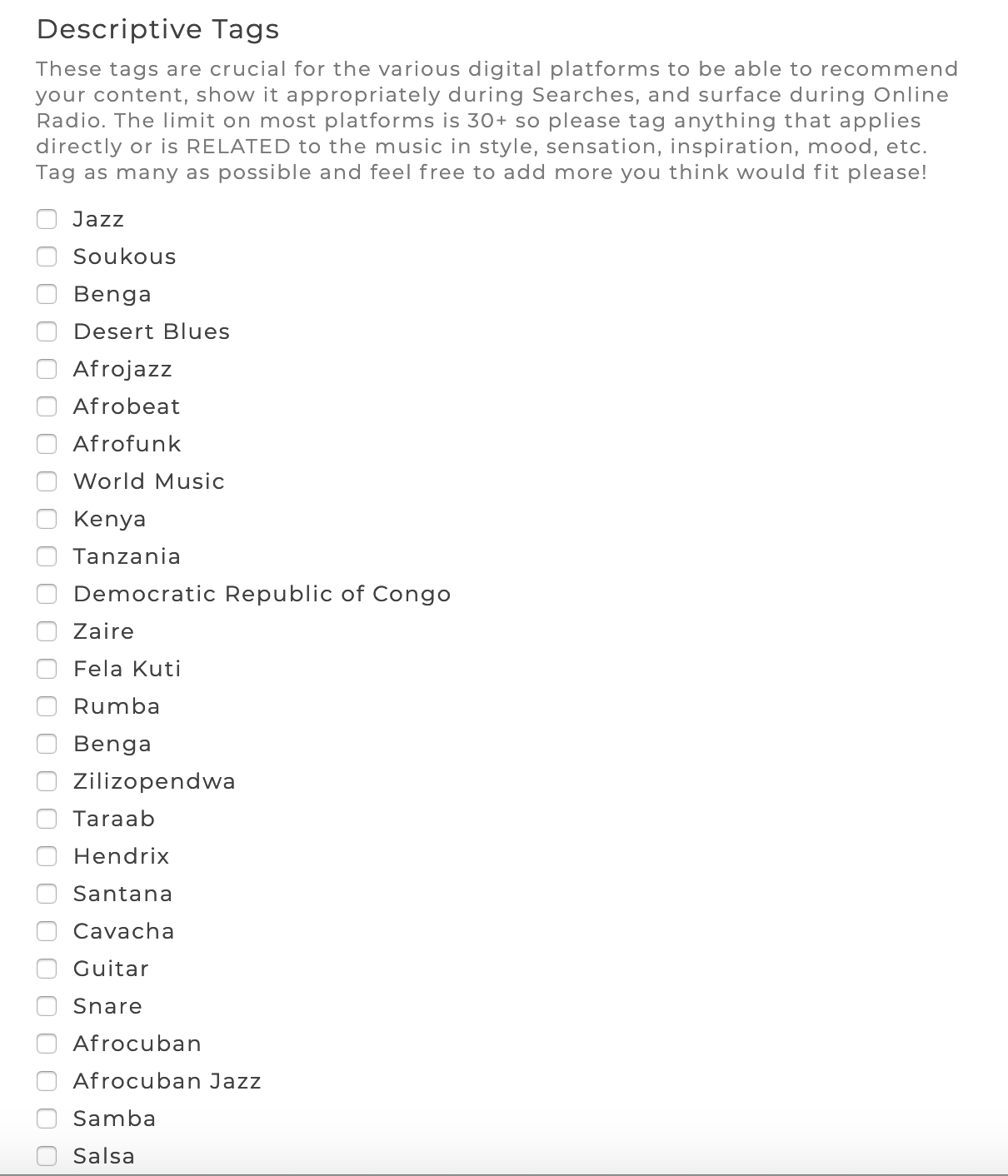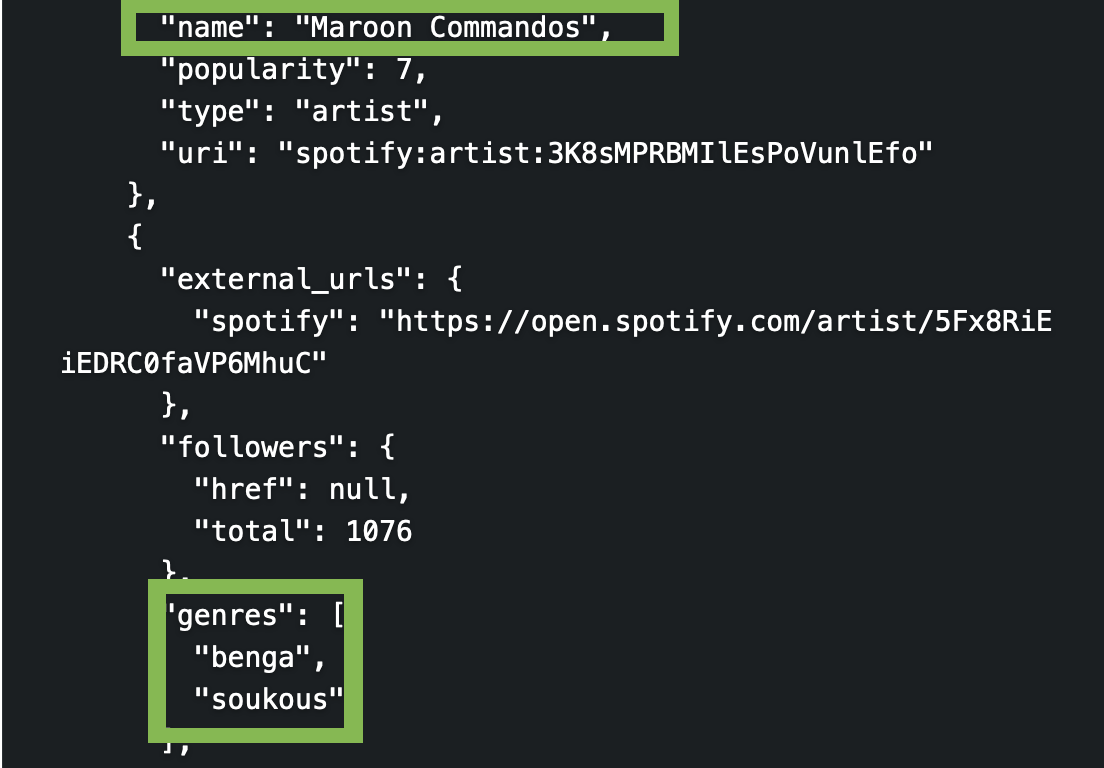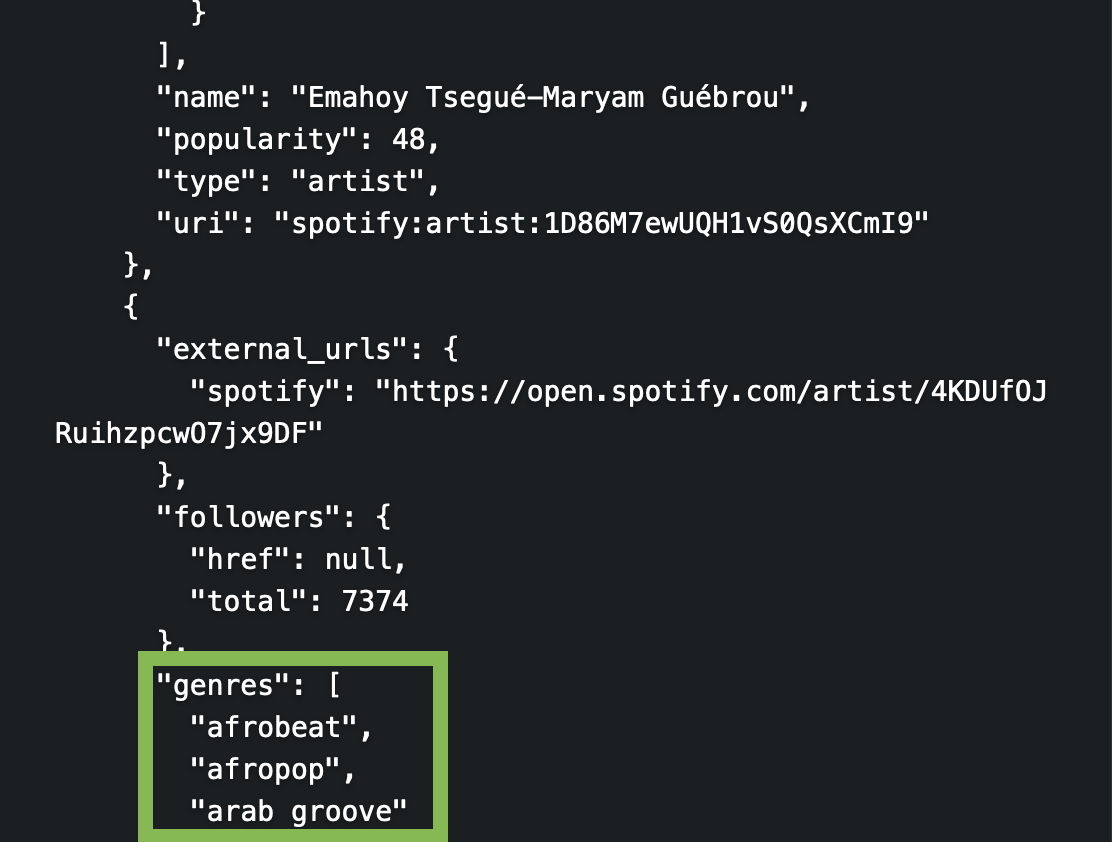Learning from Related Artists to Discover New Genres/Tags
~3 minute read. Prior Post in Series: Digitizing one of Africa’s Largest and Oldest Music Catalogs
“I have this catalog of never before uploaded music, what’s the best way to classify it to maximize discoverability?”
How we used some of Spotify’s open API data to discover new Genres to classify our content for max discovery
Cache faced an interesting problem working with one of our clients--one of Kenya’s oldest and largest independent record labels, Melodica Music. They started by working with young musicians from across Kenya, the Congo, and Tanzania who often recorded in the local Luo, Lingala, and Swahili languages. Their styles were a blend of influences from across the continent, nearby cultures in the Mideast and India, and trends from the time. Their library includes 3,000+ records of such unique and rich East African music.
None of it had ever been digitally distributed before though. Some of it had never even been released!
This was the first time a lot of this music--and these styles/genres--were leaving East Africa.
So how do we describe this content for Spotify, Youtube, Pandora, and the other platforms? What Genre is best to select and what Tags should we use to maximize discoverability?
Our concern was that labeling these simply as “World Music” or “Jazz” was too broad and not descriptive enough of this music that contained touches of many different styles. Platforms often limit the ability to choose genres outside of their list. We couldn’t label a track with the Congolese genre “Cavacha” for example.
Genre Selection in most DSP backends is very unspecific
Even further, many platforms do not even allow you to select Swahili or Lingala as Languages of Performance! These languages combined have 160 million speakers. You can select Catalan, however, which has fewer than 10 million. How could listeners in these languages find their music.
We did two things to help get around this issue and better understand this content:
We put what info we could about styles, languages, instruments, and inspirations into the Tags (see image below)
We used our first few uploads as a test case and learned about entirely new genres to describe our music via the Related Artists API.
As can be seen from the image below, we tried to build in any associations we could for this music, directly as part of the upload flow.
Our biggest discovery however came from learning about which Genres Spotify’s algorithms and its users have associated with our Artists via Related Artists. Spotify has 1,742 genres and growing it uses to describe music, but it’s not exposed unless via this API.
Image of Tags + Associations we built into Melodica upload flow. Image of “Related Artists" Names and Genres from the API
We used this knowledge to help our clients distribute their next batches of content with enhanced descriptiveness and knowledge of new audiences of potential listeners.
Sign up to our blog updates to learn more about how we used this discovery to drive discoverability, as well as some nifty data science we leveraged to juice even more! Subscribe to our Spotify Playlist below to see new releases as they come!




